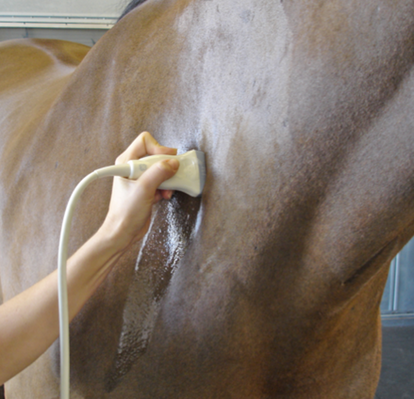
How can we assess neck pain in the horse correctly?
Spinal dysfunction negatively affects sport horse performance, and undiagnosed conditions may have welfare implications. Manual examination and pain behaviour are recognised as valid factors to support clinical examinations of the equine spine, together with medical imagery. This study explores the value of these assessments in the cervical spine in particular.
Ten horses, of which five were diagnosed with neck pain by a vet with XRays and US and five without neck pain, were assessed blindly by an equine manual therapist for signs of neck pain. Soft-tissue irritability and vertebral joint mobility were assessed from the atlanto-occipital joint to the cervicothoracic junction. Based on the behavioural responses to the manual assessments, the occurrence of neck pain was evaluated blindly by an equine behaviourist using a behavioural ethogram as well.
Two groups of behaviour that are subjectively associated with manifestations of pain/discomfort were identified, namely, aversive behaviours with the head/neck (e.g. head toss, bite threat) and altered expressions of the eyes/ears (e.g. pinned ears, sclera showing).
Overall, both groups of behavioural responses were noted more frequently in neck pain cases than in control horses, but this difference was not statistically significant which could be declared by the small sample size of this study. Subjects were correctly identified as neck pain or control according to manual assessment, indicating this is a valid and reliable diagnostic technique. Behavioural manifestations should be considered in the clinical assessment, however, assessment of neck pain should not be based on behavioural observations alone.
Expert opinion by Isabeau Deckers
Although this study is only published as a conference paper, the results of it are worth sharing. High incidence numbers of cervical spinal lesions in horses (>72%) are shown in several studies, which is related with not only pain, mobility restriction, atrophy of the cervical muscles and lameness of the forelimbs, but evidentially with sports performance as well. Therefore, it is recommended to manage cervical dysfunctions in our horses in the early stages, and this study reveals possible ways to do so.
> From: Rombach, ISES conference 8:68 (2012) 213-231. All rights reserved to Rombach, N.. Click here for the online summary.


